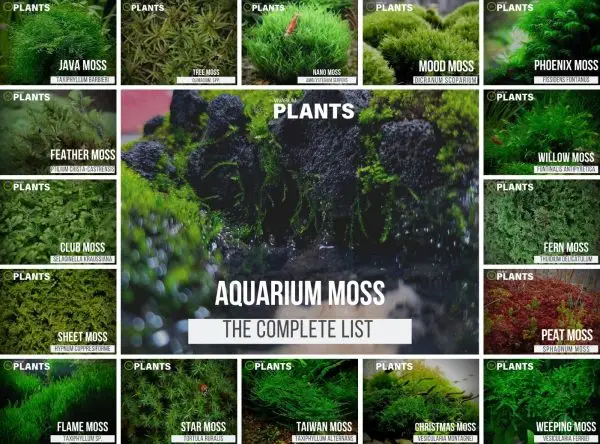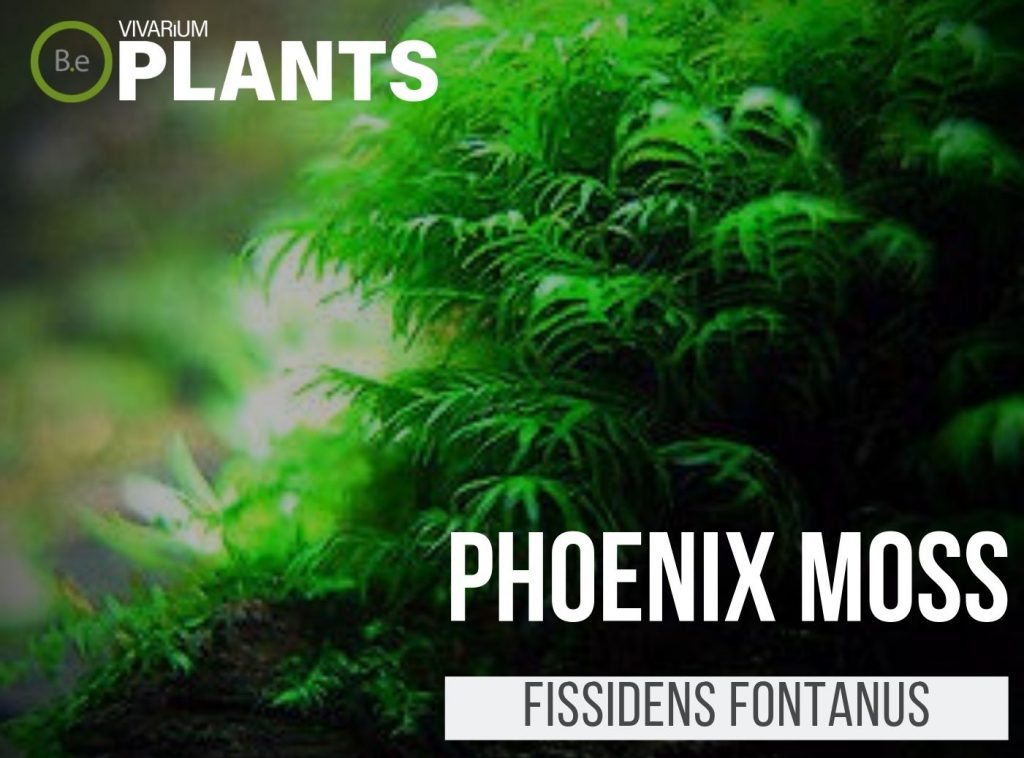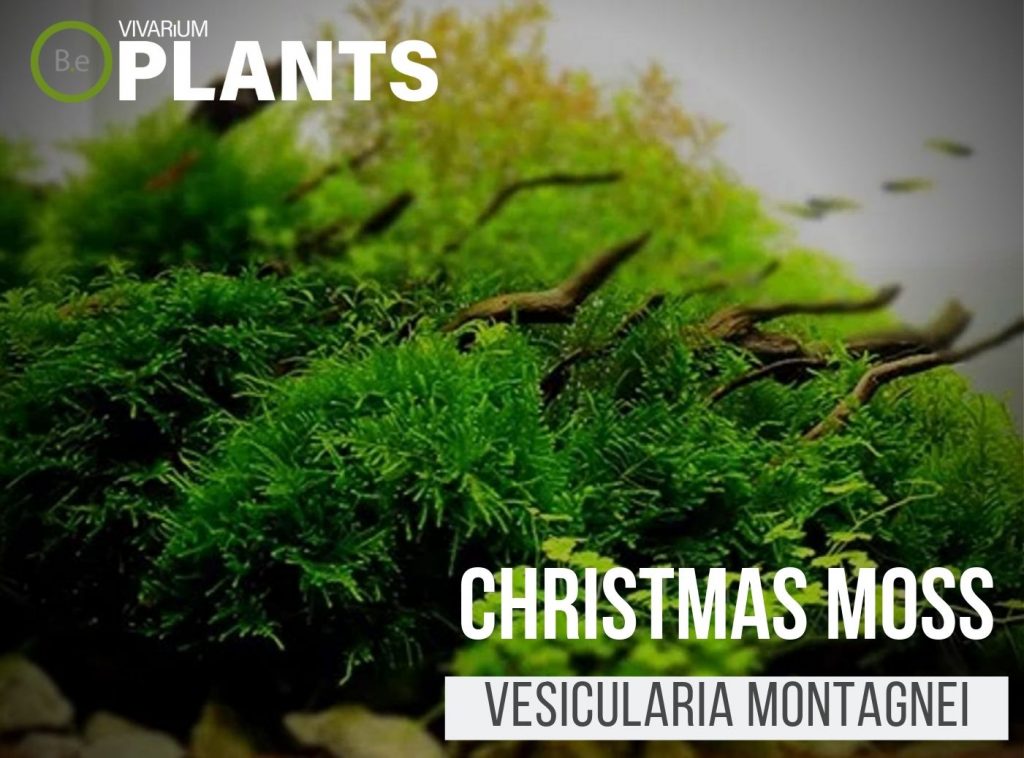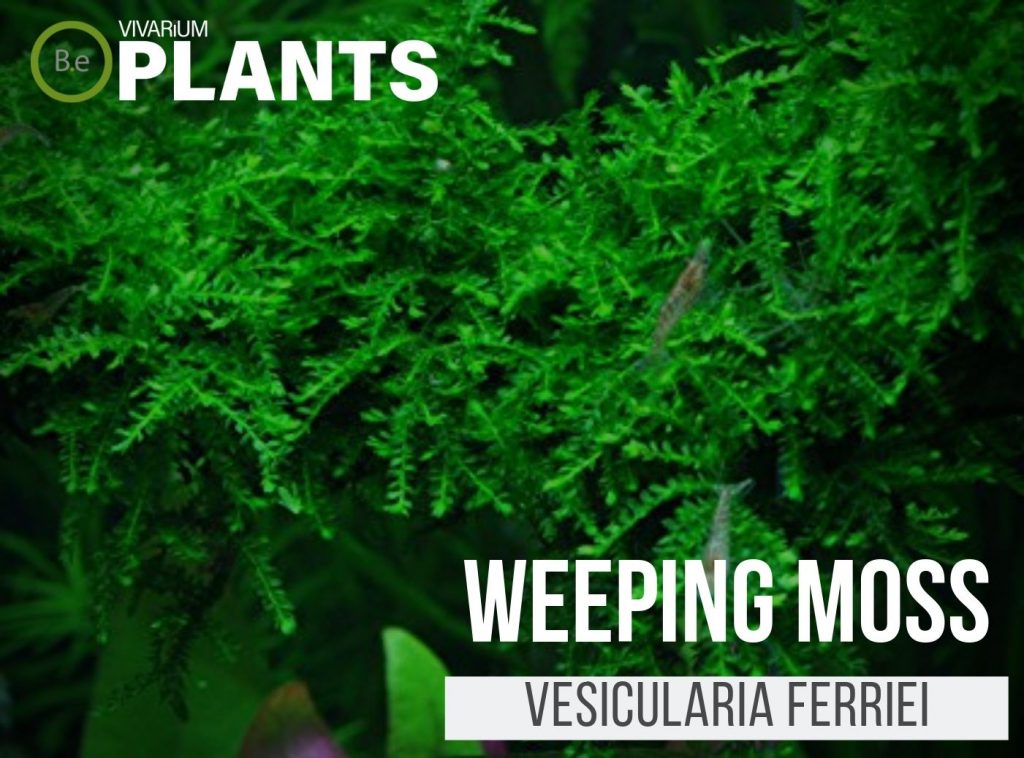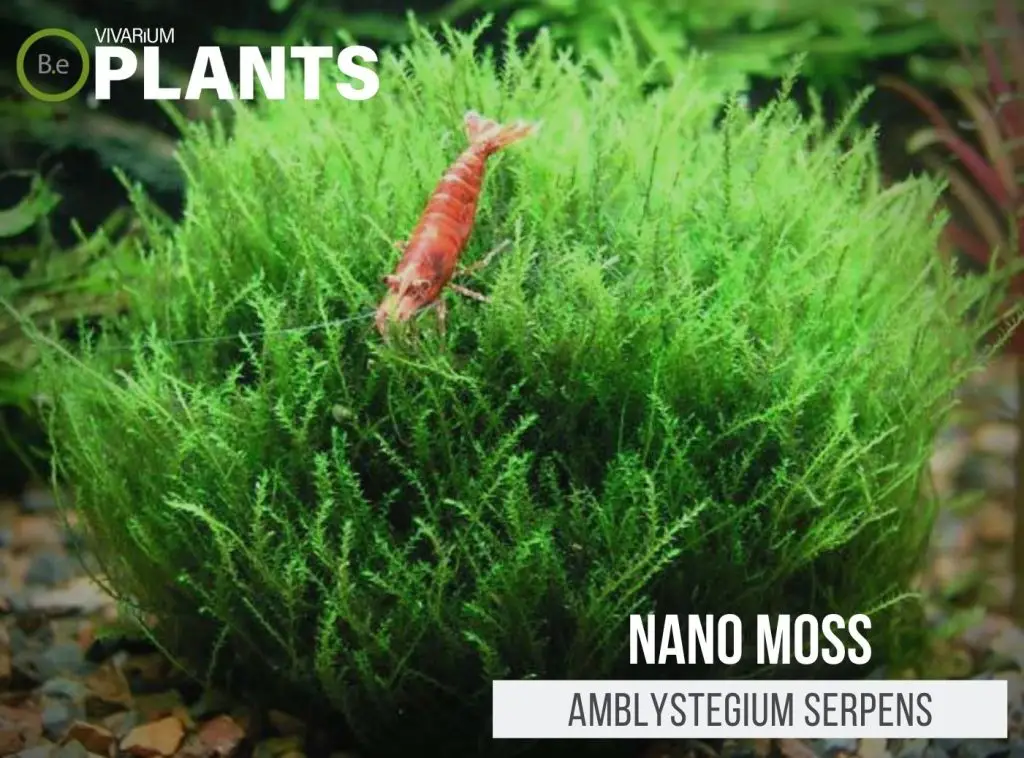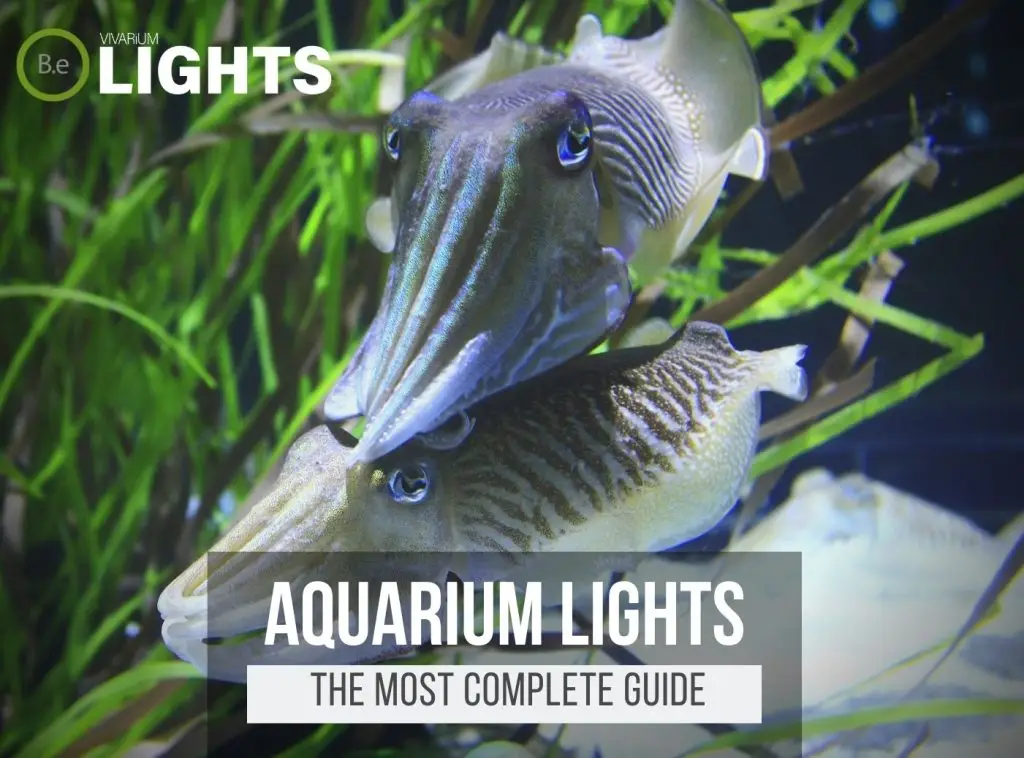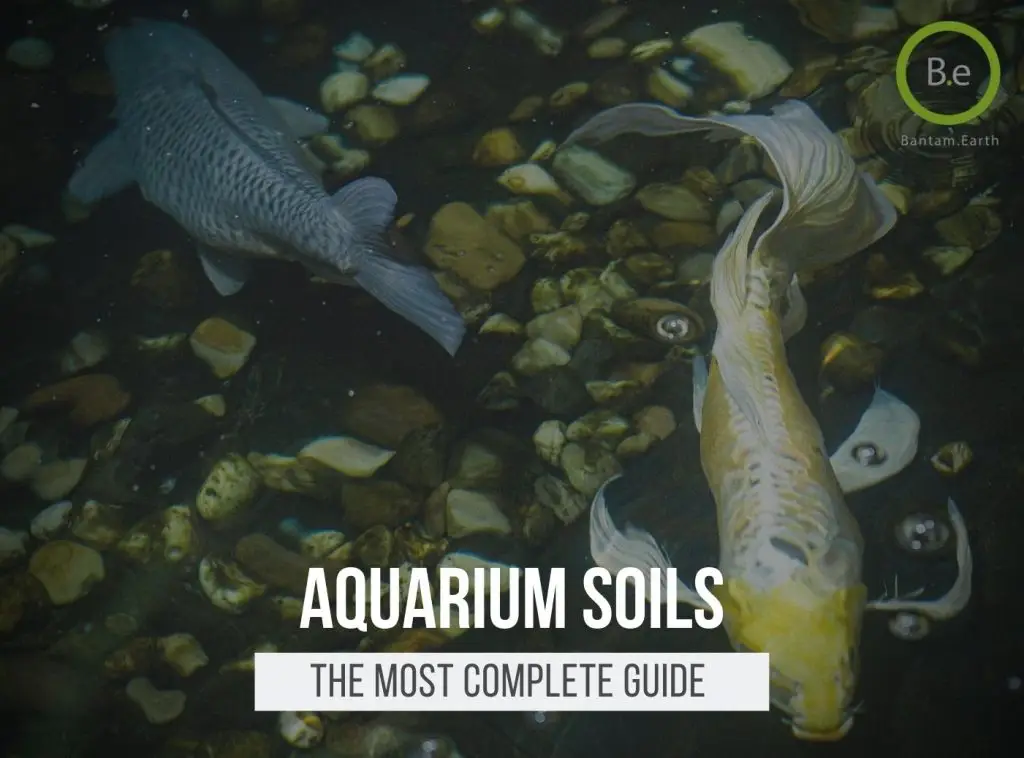Aquarium moss is a frequently overlooked element in both freshwater and saltwater tanks, although it can play a vital role in the overall health of your aquatic environment.
From providing cover and food for small fish to creating a visually stunning appearance with live plants, the addition of aquatic moss can help make your aquarium look truly extraordinary.
Moss as a species is generally easy to care for, hardy, and generally quite low-maintenance, making it a great choice for both beginner and experienced aquarists alike.
In this article, we’re going to explore some of the common types of aquarium moss, how to care for it, and all the ways it can improve the look and feel of your tank!
Table Of Contents:
ToggleWhat Is Aquarium Moss?
Aquarium moss is a type of aquatic plant, most often used as décor in fish tanks and other types of aquascapes.
These small and delicate plants attach themselves to whatever surface they come in contact with, providing a lush, natural-looking landscape to the tank.


There are several types of aquatic moss that differ in size, texture, and even color, making it a great decorative addition to any tank.
Why Should I Use It?
Moss can also provide a great number of benefits to both the aesthetic and the health of your overall aquarium.
By providing shade and hiding spots for shy fish, moss also helps to keep them safe.
It also helps to keep the water clean by trapping bacteria and fish waste and by promoting healthy populations of beneficial nitrifying bacteria.
The dense carpet of moss also helps absorb the flow from the canister and power filters, ensuring that the tank isn’t disturbed too often.
Finally, moss is a great addition to the overall aesthetic appeal of a tank, adding vibrant color and providing a great background for fish to hide in.
The Best Moss For Aquariums
There are many different types of aquarium moss and each one has its own unique characteristics so you can get creative with it.
From Java Moss to Flame Moss to Christmas Moss, the possibilities are endless when it comes to creating an attractive and lively aquarium with moss.
Read on to learn more about the best types of water-thriving moss and how they can help you create the perfect aquatic paradise.
Java Moss (Taxiphyllum barbieri)
Java Moss is one of the most popular and easily obtained aquarium mosses available.
It can be found in many pet stores and online retailers.
It is fast-growing and hardy, and it thrives under most aquarium conditions.
Java moss can attach itself to rocks, driftwood, ornaments, and aquarium backgrounds, making it ideal for creating caves and hiding spots for fish.
Phoenix Moss (Fissidens fontanus)
Phoenix Moss is a picturesque moss that forms a bright green, feather-like carpet at the bottom of the tank.
This moss needs low-moderate light and nutrient-rich water, and it requires tweezing occasionally to keep it neat and tidy.
If taken proper care of, Phoenix Moss looks beautiful and lush in the aquarium.
Christmas Moss (Vesicularia montagnei)
Christmas Moss is a popular moss among aquarists for its beauty and its ability to grow in different directions.
This moss requires low-moderate lighting and plenty of CO2, but it can be grown in most aquarium conditions.
Its branches will form an intricate web-like pattern that looks great in planted aquariums.
Flame Moss (Taxiphyllum sp.)
Flame Moss is a unique-looking plant with bright green foliage that resembles a flame-like pattern.
It is a fast-growing and easy-to-maintain moss, and it can be tied to rocks and driftwood to create beautiful aquascapes.
Flame Moss prefers low-moderate lighting and nutrient-rich water, and it will thrive in most aquarium conditions.
Willow Moss (Fontinalis antipyretica)
Willow Moss is a striking, dense moss that attaches itself to rocks, driftwood, and other substrates.
It requires low-moderate light and nutrient-rich water, and it will add beauty to the aquarium.
Willow Moss is slow-growing, but if taken proper care of it will form vigorous green and bright-looking clusters.
Taiwan Moss (Taxiphyllum alternans)
Taiwan Moss is a fast-growing, hardy moss that requires no special requirements to thrive.
It is ideal for beginners and seasoned aquarists alike as it is easy to maintain and low-light tolerant.
It forms lush, spirited green clumps when cared for, and it can be used to create unique aquascapes in your aquarium.
Weeping Moss (Vesicularia ferriei)
Weeping Moss is a popular aquarium moss due to its special branch-like structure.
This moss requires low-moderate light and nutrient-rich water, and it prefers clean, highly oxygenated water.
It will thrive in most aquarium conditions, and it is easily maintained.
Nano Moss (Amblystegium serpens)
Nano Moss has a unique, beautiful structure and is small enough to fit in any tank.
It is an excellent choice for small aquariums, and it requires low-moderate light and nutrient-rich water.
This moss is fast-growing and can form intricate branches in no time.
It will also provide refuge for small fish and shrimp, making it an ideal choice for nano aquascapes.
Adding Life and Color to Aquariums
When it comes to enhancing the look and feel of your aquarium, moss is one of the best additions you can make.
From sparkling hues to serving as a natural hiding spot for fish, aquarium moss is essential to any aquatic environment.
It’s easy to care for and adds life and color to create an eye-catching fish tank that you can be proud of.
Whether it’s an energetic flame moss or a classic Java moss, adding moss to your setup is the perfect way to spruce up your aquarium and make it the highlight of any space.
Popular Fish That Enjoy Aquarium Moss
Many fish love living in an aquarium adorned with aquarium moss!
Certain species of fish find aquarium moss particularly enjoyable.
Popular species that find aquatic moss conducive to their comfort and lifestyle include dwarf shrimp, live-bearing tooth-carps, guppies, hatchet fish, killifish, and small tetras.
These fish enjoy swimming and hiding in the lushness of the aquarium moss, and some species will even use it for spawning!
The fish will still require their usual habitat, feeding, and lighting, but freshwater moss provides a hospitable environment for them to thrive.
In addition, moss is a great way to create a lively and colorful aquarium that your fish will love.
Creating a Unique Aquascape with Moss
Creating a unique aquascape with moss is a great way to add both visual appeal and personal expression to your tank.
Moss provides a stunning and natural look for the aquarium and looks great when used as a centerpiece.
It can be used to create separate sections in the aquarium, and moss can even be attached to driftwood, rocks, and other aquarium objects to create a more pleasing arrangement.
Arranging moss in an aesthetically pleasing manner can add an impressive and eye-catching backdrop to your aquarium.
Moss can also be used to create a rich, green carpet that looks especially stunning in shallow water aquascapes.
Since it grows fairly slowly, it can be controlled to create the desired composition.
With a bit of effort and creativity, you can create a stunning and unique aquascape with moss!
How To Grow Moss In An Aquarium
Growing moss in an aquarium can help to create a beautiful and relaxing environment for both you and your aquatic animals.
Not only does moss add a splash of color and life to any tank, but it also offers a variety of benefits for both hobbyists and sea creatures.
With a little extra care and know-how, you can create the perfect mossy ecosystem for your home or office.
So, if you’re looking to give your aquarium a makeover, read on to learn more about the advantages of adding aquarium moss and how to get started.
Supplies Needed To Be Successful
Growing moss in your aquarium is an exciting and rewarding hobby!
To get the most out of your moss, there are certain supplies and equipment necessary.
Primarily, you will need to obtain some moss.
You can find the exact type in any of the detailed guides listed earlier.
You may want to start with just one kind of moss or mix multiple types of moss together.
In addition to moss, you will need to have some aquarium-safe gravel.
Adding gravel to the bottom of the tank provides an area for the moss to get the nutrients they need.
You will also have to have an aquarium light to ensure the moss gets enough light.
Lastly, you will need water with the appropriate pH levels, an aquarium heater, and a hood or cover to keep the light in and debris out.
With these supplies and a bit of TLC, you will be able to create a beautiful aquarium full of life and greenery with your moss.
A Quick Guide To Growing An Aquatic Moss Ecosystem
- Step 1: Set up Your Aquarium: Before adding moss to your aquarium, it is important to set up the tank so that it is suitable for a healthy environment. This includes properly cycling the tank, selecting the right substrate and water chemistry, and adding a proper filtration system.
- Step 2: Select the Right Moss: Different types of moss can give your aquarium a unique look, so do your research and use the list above to choose the type that best fits your aquarium’s setup and aesthetic.
- Step 3: Preparing the Moss for Planting: When adding the Moss to your aquarium, it is essential to prepare it for planting by soaking it for at least 5 minutes in bottled water. This will help to reduce the possible contaminants present in the moss.
- Step 4: Plant the Moss Carefully: When planting the moss, do so carefully by evenly distributing the pieces onto the aquarium substrate or on rocks. For a more secure hold, weave a fishing line between the moss pieces and rocks.
- Step 5: Monitor and Maintain: Once the moss is added to your aquarium, it is important to regularly monitor it and make sure there is enough available light and nutrients. Prune and trim the moss when necessary.
- Step 6: Enjoy Your Results: Your aquarium should now be happy and healthy. Enjoy the unique look and feel of your aquascape with your new addition of moss.
Collecting Aquatic Moss From The Wild
Moss is a versatile and beautiful addition to any aquarium.
Luckily, it’s not too hard to find in nature.
Aquatic moss can easily be found around streams, ponds, and lakes, so the best way to find some is to head out and explore your local natural environment.
You can also search in places where water commonly collects, such as in ditches, in pools left by heavy rains, or even in agricultural areas.
Make sure you check the moss carefully before bringing it home.
It should be free of snails and other pests, and the water should be clean and clear.
If the moss is cloudy or murky, it’s best to avoid it altogether.
To make sure you don’t accidentally scatter snail eggs or algae spores around, it’s also a good idea to sterilize the moss by boiling it in salt water for a few minutes before placing it in your tank.
Once you’ve done that, you can enjoy the beauty of your wild Aquatic moss!
Propagating Moss For Aquarium Use
Propagating aquarium moss is a great way to make the most of your tank, especially if you are a fan of aquascaping.
This process involves dividing and replanting pieces of moss in different areas of the tank, giving your tank a lush, full look.
Propagation also helps ensure that all the pieces of moss in your aquarium are healthy and thriving.
Here’s what you need to do for successful aquarium moss propagation:
First, you’ll need to cut or pull apart the moss into smaller pieces.
You can use either sharp scissors or tweezers to do this.
Once you’ve got them divided, attach each piece to a rock, driftwood, or other objects in your tank using a fishing line, thread, or rubber bands.
After attaching them, you can then plant smaller pieces of moss around the object.
Finally, make sure you’re providing the moss with enough light and taking appropriate water quality measures to keep them alive.
With these steps, your moss will soon be propagated, adding life and beauty to your tank.
Caring For The Moss In An Aquarium
Moss is an effective filter, reducing nitrates and providing shade and hiding places for fish.
To care for aquarium moss, you will need to ensure the tank has adequate light and a good water flow.
The substrate does not need to be particularly nutrient-rich, so you don’t need to add additional nutrients.
If you choose to add fertilizers, it is important to use ones that are specially formulated for aquascaping.
Moss also requires regular trimming to maintain its shape and to prevent it from taking over the tank.
You can use a pair of scissors or tweezers to trim away overgrown areas.
When adding new moss to the tank, it is important to wash it off before planting to remove any debris or pathogens that may be present.
Finally, to ensure that your aquarium moss stays healthy and thriving, it is important to perform regular water changes and keep an eye out for pests.
In Summary
Adding aquarium moss to your tank is a great way to create an interesting and unique aquascape, add life and color, and provide a cozy habitat for your fish.
Not only does aquatic moss provide visual appeal and enhance the overall health of your tank, but it’s also easy to care for and quite affordable.
With the right precautions and care, this type of aquarium plant can give your fish the perfect playground for a safe and happy home.
Frequently Asked Questions
Yes! Moss is an excellent addition to any aquarium, providing a lush green environment for fish to swim through and giving an aesthetic appeal to the tank.
Moss provides cover for fish and can also be used for the natural filtration of the water. It helps maintain the pH balance and absorbs ammonia and toxins from the water, helping to keep the aquarium healthy.
Java Moss (Taxiphyllum barbieri) is the best moss to use in an aquarium. It‘s easy to care for and grows well in low light and low oxygen environments. Java moss is also very hardy, making it ideal for starting aquariums. Plus, it helps keep aquarium water clean and balanced.
Yes, aquarium moss needs CO2 to survive. It can be supplied by adding a CO2 system to the aquarium or by dosing liquid carbon. Adding a CO2 system is the most popular method of ensuring that your aquarium moss gets the CO2 it needs for growth and health.
Yes, aquarium moss is very easy to grow! All it requires is relatively warm water (ideally between 70–80°F), low lighting, and occasional feeding every couple of weeks.
Keeping moss alive in an aquarium is achievable with the following steps:
1. Provide regular illumination with either LED or T5HO aquarium lights, set between 12 and 14 hours a day.
2. Ensure the water temperature is between 65 and 75°F.
3. Keep the water pH level at 5.5–7.5.
4. Exchange 1/3 of the tank water on a bi-weekly basis to reduce nitrate levels.
5. Add a liquid fertilizer every two weeks.
6. Trim the moss regularly to promote new growth and reduce detritus buildup.
Yes, aquarium moss does need a lot of light in order to stay healthy and vibrant. It needs at least 6 hours of indirect sunlight or fluorescent bulb to grow properly. Moss will fade in color and start to die if it doesn‘t get enough light or the light is blocked by an object or covering.
Yes, aquarium moss can help to lower pH levels in an aquarium. By attaching itself to rocks, driftwood, and other substrates in the tank, aquarium moss helps to create a natural buffer that lowers pH levels and produces a more stable aquatic environment.
Yes, moss produces oxygen. Mosses are an important component in the production of oxygen in the environment. In fact, they are able to generate much more oxygen per unit area than most higher plants. Under ideal growing conditions, moss can produce up to 8.7 times the amount of oxygen than other plants.
